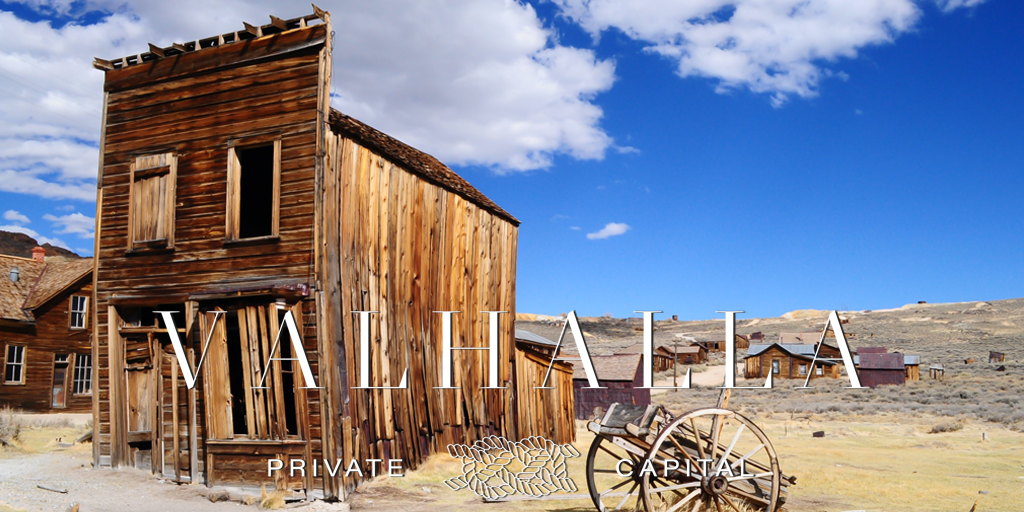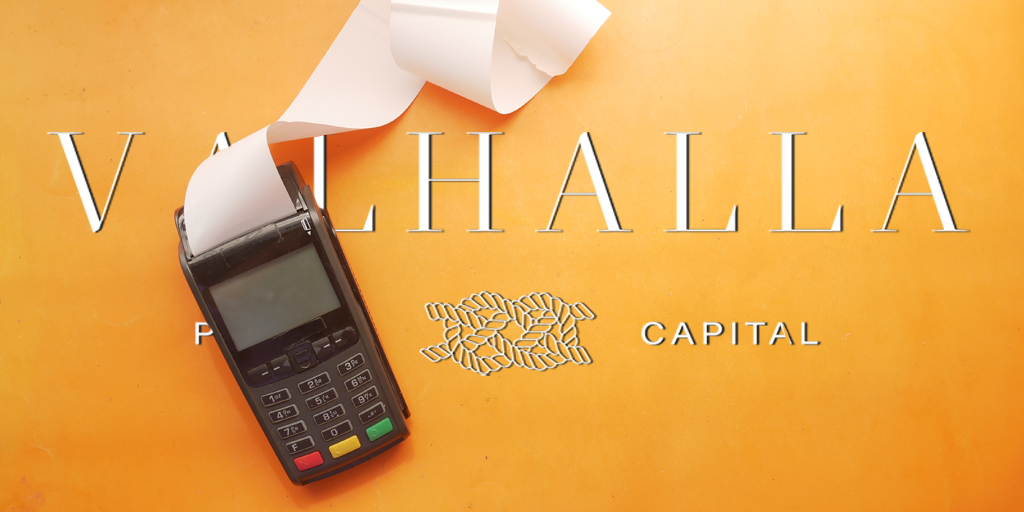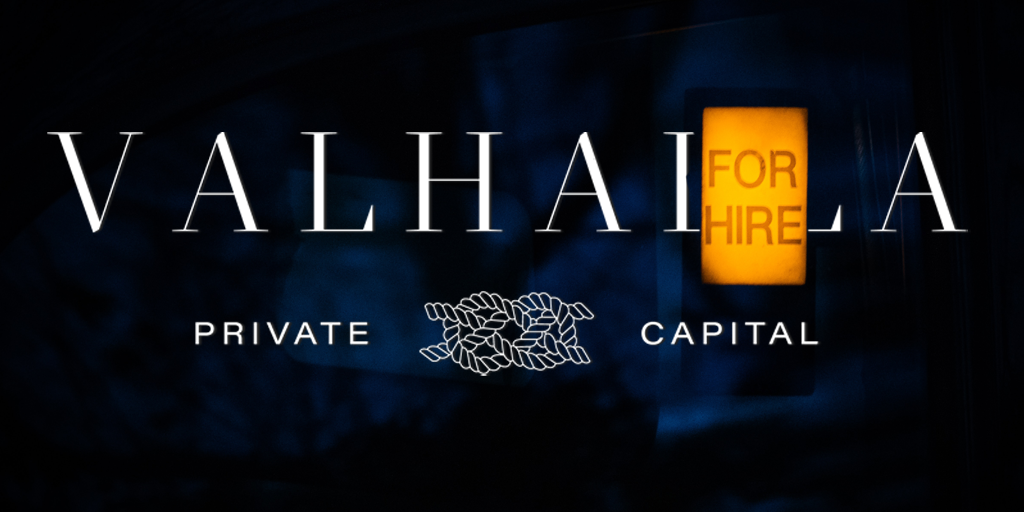
I have seen a lot of historical debate about the usefulness of the formal angel process, and for every entrepreneur who has had a great experience, you’ll find another that didn’t.
I think this is very similar to the discussion you see on entrepreneurs and their experience with VC’s, and while a lot has been written about how to manage your VC interaction, I’m not sure that the same is true about the formal angel process.
There is a sentiment among some that angel groups they are a waste of time – the thought being if your deal is amazing enough you won’t need to seek out these groups. You’ll notice there is a theme to my writing: if you happen to be the one in 99 who has a VC or a super angel in your back pocket, don’t read any more of my articles. But if you’re an audio hardware play in Dayton, Ohio, I’m talking to you.
Here is a list of what makes formal angel groups good, bad or downright ugly.
Reason For Being
Check out who is behind the group. Was it started by an economic development agency or by some passionate angels? The first scenario is bad, the second is good. Downright ugly equals an investment banker or consulting group.
Seeing who is running the show is usually the first indication of the type of investors that will be in the group, and the group membership will give you a sense of the type of money in the group (smart versus not-so-smart). I find that the good groups list their members, usually because they are both proud of them, but also because they know that they have some real meat in the room.
Fees
I’ve gotten into big fight on this issue on a number of occasions. A Silicon Valley superangel once told me that real angel groups don’t charge fees. I would suggest the opposite is true.
If you are in the Valley, have access to an angel community, or can go to a free tech event run by angels, do it. But being close to the epicenter is a double-edged sword. While there is more free angel activity present, there are also far more entrepreneurs feasting on it. Back in Dayton, OH, a formal gathering of angels in a room is gold. And a few such rooms in various locations is an ecosystem, but this isn’t cheap to build, and if you want the government out of the room, someone has to pay.
The Funding Food Chain
Let’s consider the funding food chain. Where you end up landing as an entrepreneur says a lot about how “the street” sees your deal. Top of the chain: a super angel grabs your deal and puts the funding together. If you are passed-over by this AngelList crowd, you call up the local angel star in your region and ask for a coffee, seeing if they’ll put your deal to a consortium or a meeting for you. If they turn you down, you apply to the formal angel group or investment conference. If you don’t raise there, you hire a broker. If that doesn’t work, you look at crowdfunding.
The further away you are from New York, Boston, or the Valley, the more likely the formal angel group is top of the food chain. In fact when you take the local angel superstar for coffee it is likely they will push you to the local formal angel group.
Each of these has a cost of capital acquisition, including the superangel/accelerator. Sure the accelerator put a room together for you, but as an accelerator client you already gave up equity to be in the program. No matter who you are it costs money to raise money.
There are more, but I think the best advice for this article is to talk about how to manage your angel group experience.
- Use it for BD as much as Fundraising
I became the “pitchman” for a couple of my deals. We would actively be looking for customers, distributors, and partners as much as we were looking for investors. On a road show outside of your geographic center this is extremely valuable. - Visit the group first
Interview the group leader and attend as a guest. How many deals has the group done? When was the last deal done? For how much? Do you have a one in four chance or a one in 20 chance of raising capital? Who are your best members? These are all fair questions – exactly the type of questions you would ask to determine a zombie VC from an active VC. - How much does it cost?
I worry about the motivation of groups that charge a percentage, because they may not be looking for good deals as much as the fees. I worry about the free ones because you wonder who is paying the bills and screening the membership? Usual fees are $500 to $2,000, but I would defer to point number two above to see if the fee makes sense for you. - Ask for more than money
These groups are a great source for mentors, board members, customers and partners. You’re a startup, you are supposed to have holes. Ask the angel group to help you fill them.
Finally, a note about Dayton, Ohio. Central Ohio has one of the most active angel communities in the whole of the US. It has created a stable community of early stage funders and startups driven by the formal angel group process. I wish I was building a hardware play in Central Ohio.
Then I wouldn’t need to fight the noise in the Valley.
Do you have a question about angel investing? Get in touch with Valhalla Private Capital via our contact page.



